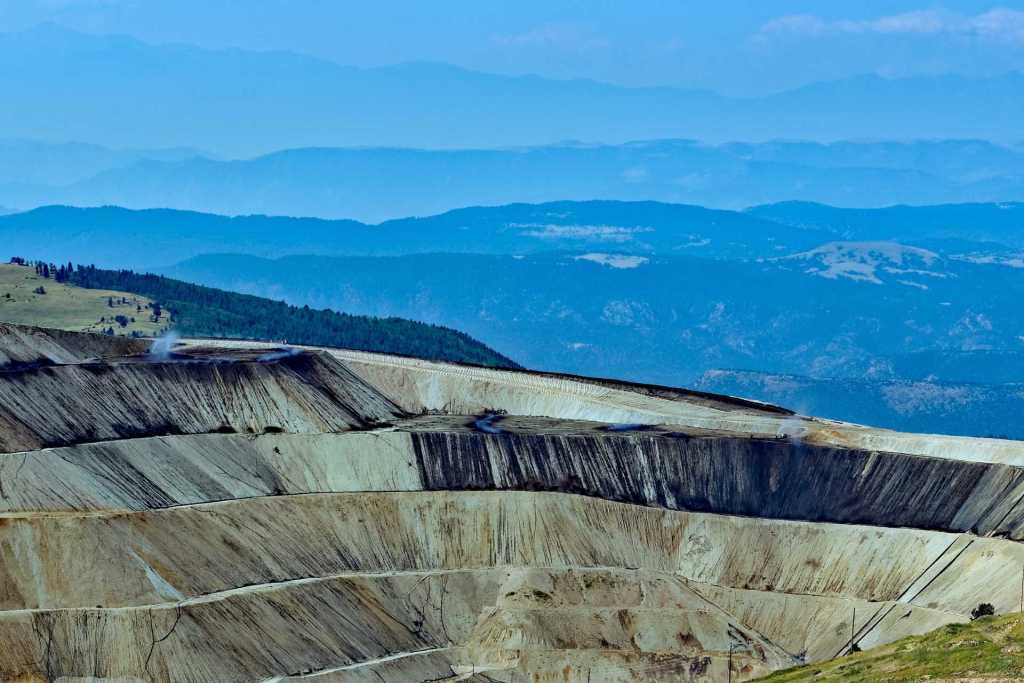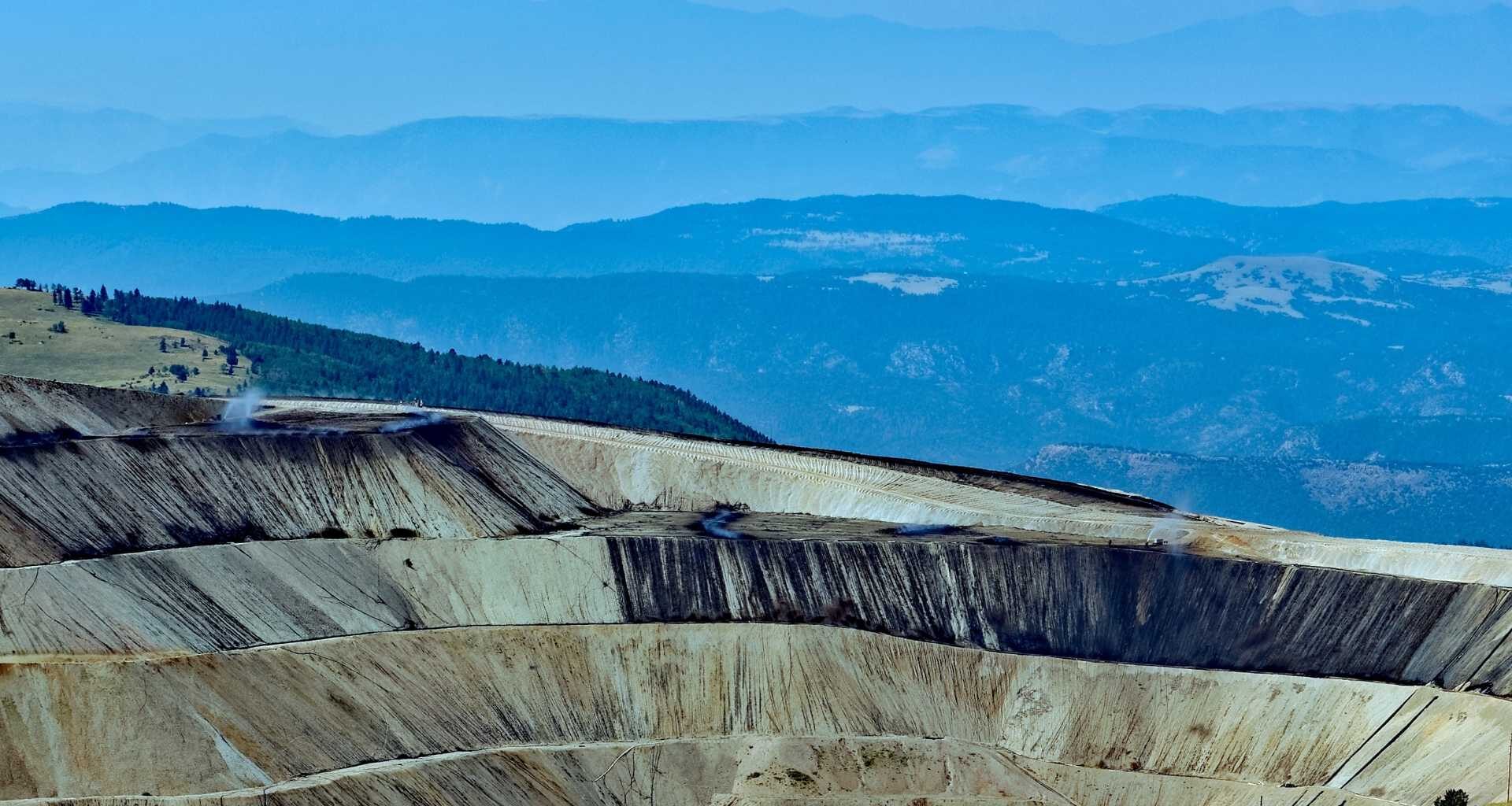

Photo credit: Barnes Ian / Shutterstock
The Trump administration has doubled down on federal involvement in the domestic critical minerals supply chain as part of an effort to reduce U.S. reliance on foreign sources, and especially China. In the last ten months, that has included a flurry of executive orders aimed at expediting domestic production and permitting, alongside hundreds of millions of federal dollars invested into rare earth magnet manufacturing, and leveraging new financing tools and laws up and down the supply chain.
The impact of the government shutdown, now officially the longest-ever, has been immediate and severe on the already strained geology workforce. The Mine Safety and Health Administration (MSHA) — which funds training through the Environmental Protection Agency — has seen its workforce training programs swept up in budget freezes. MSHA has furloughed around 45% of its workforce during the shutdown, according to a shutdown contingency plan filed by the Department of Labor at the end of October.
This poses a challenge for the U.S. mining sector, where the federal government has historically played a central role in workforce readiness efforts, explained Walter Copan, vice president for research and technology transfer at the Colorado School of Mines. That’s critical in an industry that hasn’t historically seen a lot of investment in research and development or innovation.
Meanwhile, the Society for Mining, Metallurgy and Exploration, which administered many of those training programs and which has longstanding ties to the Colorado School of Mines, is now “scrambling to find alternative funding,” explained Copan.
The U.S. Geological Survey, another key federal partner, is also reeling, having furloughed more than half its staff and halted many science support functions, according to that agency’s shutdown contingency plan.
A new research facility on the Mines campus in Golden, Colorado, funded via the Infrastructure Investment Jobs Act, will host USGS researchers alongside university faculty. Its construction hasn’t been halted, Copan said, but federal layoffs have significantly reduced the number of USGS researchers who will be located there.
DOGE vs. critical minerals
The Trump administration’s approach to the nation’s geology workforce has been a challenge dating back to the spring, when Elon Musk and the Department of Government Efficiency took a sledgehammer to the federal workforce. At USGS, for example, Copan estimates around 1,600 staff have departed since January, largely via early retirement.
“The unintended consequence [of DOGE] is a lot of knowledge in mining and minerals exploration basically walked out the door,” he said, pointing to researchers who were exploring the use of microbes and biological systems to make rare earths extraction more efficient and reduce the environmental impact, as well as methods to process and recover minerals from clay and mine waste.
And the workforce impact extends beyond DOE and USGS, said Andrew Lattanner, the director of federal relations at Colorado School of Mines. Lattanner pointed to significant restructuring at the National Institute for Occupational Safety and Health, part of Health and Human Services, which is currently the only federal agency funding the mining industry through health and safety research.
NIOSH, which is a significant source of research funding for mining and engineering students, was originally slated to lose 90% of its workforce in layoffs this spring. A lawsuit brought by a coal miner in West Virginia prompted the rehiring of some of those workers, but the cuts have nevertheless disrupted ongoing research partnerships.
The federal government’s role in the mining industry has been decreasing for several decades, dating back to the shuttering of the Bureau of Mines in 1996. The closure of that agency, which terminated more than a thousand employees and transferred certain research and safety programs to agencies including DOE, led to the closure of many workforce programs around the country, Copan explained. Today, there are 14 schools with faculty teaching in a “named” mining program, he added.
But now, when it comes to the waning workforce that’s needed to achieve its domestic critical minerals goals, the Trump administration is taking something of a “trickle down economics” approach, said Copan: If the mining industry grows, at least in theory, demand for talent will encourage universities to supply graduates with the relevant skills.
“That equation is not fully balanced, from my perspective anyway, because unless you can actually provide incentive for faculty to do research in a particular area, you’re not going to be bringing faculty back into the academic setting to do this type of work,” he said.
“Unless there’s some degree of federal funding, or a genuine investment by industry in the research that would drive workforce development as well as solving industrial problems…we’re going to continue to have a mismatch between what America’s universities are delivering versus what the corporate and the federal sector demand for the future.”
